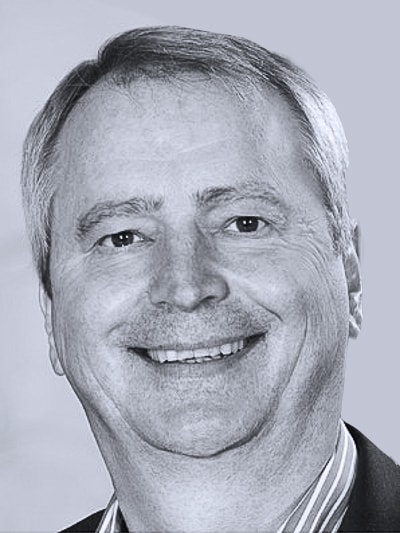
Seminar
Thermal Management
& Dynamic Thermal Simulation
Lead Experts

Dr. Helge Schmidt
Fellow R&D Engineer
Summary
Where electricity flows, heat is generated – where a lot of electricity flows, reliable technology must be applied! To follow the right concepts from the initial design approach, a systemic simulation of as many operating parameters as possible is helpful. If it is still a question of assessing dynamic currents and their thermal effects, then we offer an appropriate procedure here!
Due to the use of ever larger energy storage systems in PHEV and BEV, the range is significantly extended but also, unfortunately, the charging times of the vehicles. To partially compensate for this effect, the charging currents are increased to greater 500A, as in the case of the High-Power Charge (HPC), or the system voltage of the battery is doubled to 800V and more. Both measures have consequences for the physical on-board network, which must be considered in the design. The high currents drive up the thermal losses in connectors, cables, relays or fuses in power of two. An increase in voltage generates transients, i.e. voltage changes that spread at almost the speed of light in the HV on-board network. However, new semiconductor technologies such as silicon carbide or gallium nitrite with their many positive properties increase these transients and bring with them an additional thermal load or the emission of electromagnetic interference signals.
In this seminar we build up the basics for heat generation, transport and storage and provide different methods for systematic simulation approaches using coupled electro thermal models. Participants shall understand impact and interactions of static, dynamic and transient thermal loads and how to describe them in models correctly. These models can be applied to detect and avoid excessive heat dissipation, design and validate cooling and learn how to optimize Components according application requirements and real conditions.
Course Content
- Basics of heat theory, heat development, heat transport
- including experiment: What is one Watt?
- Heating of connectors, stationary, dynamic, transient behaviors
- Why thermal derating and reasons for safety factors
- Simulation tools, FEM, Flow, 1D network, interfaces
- How to determine model parameters?
- Thermal equivalent circuit diagram of connectors and cables with simplified models
- Use of standardized components, blocks and system networks
- Application of models in sensor and cooling application
- How to describe interfaces, dynamics, restrictions of thermal measurement
Schedule
- Day 1: 9:00 AM – 1:30 PM CET
- Day 2: 9:00 AM – 1:30 PM CET
Area of Interest
Automotive
Where
Bensheim, Germany
Contact
Target Group
E/E Architects, Hardware Designer, Harness Maker for High Power Application.
Cost
990€ excl. VAT
(incl. seminar documents)
When
May 3rd - 4th, 2023
